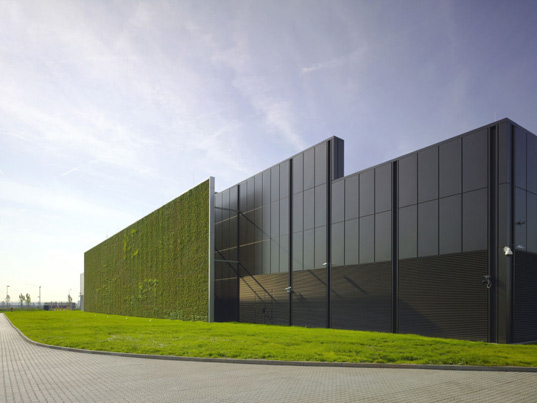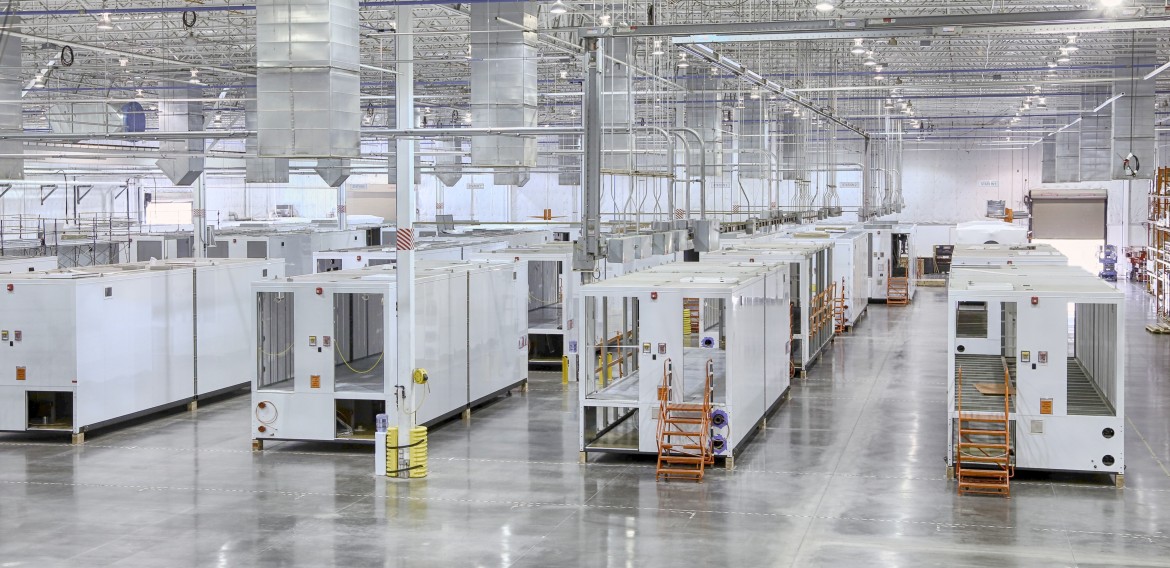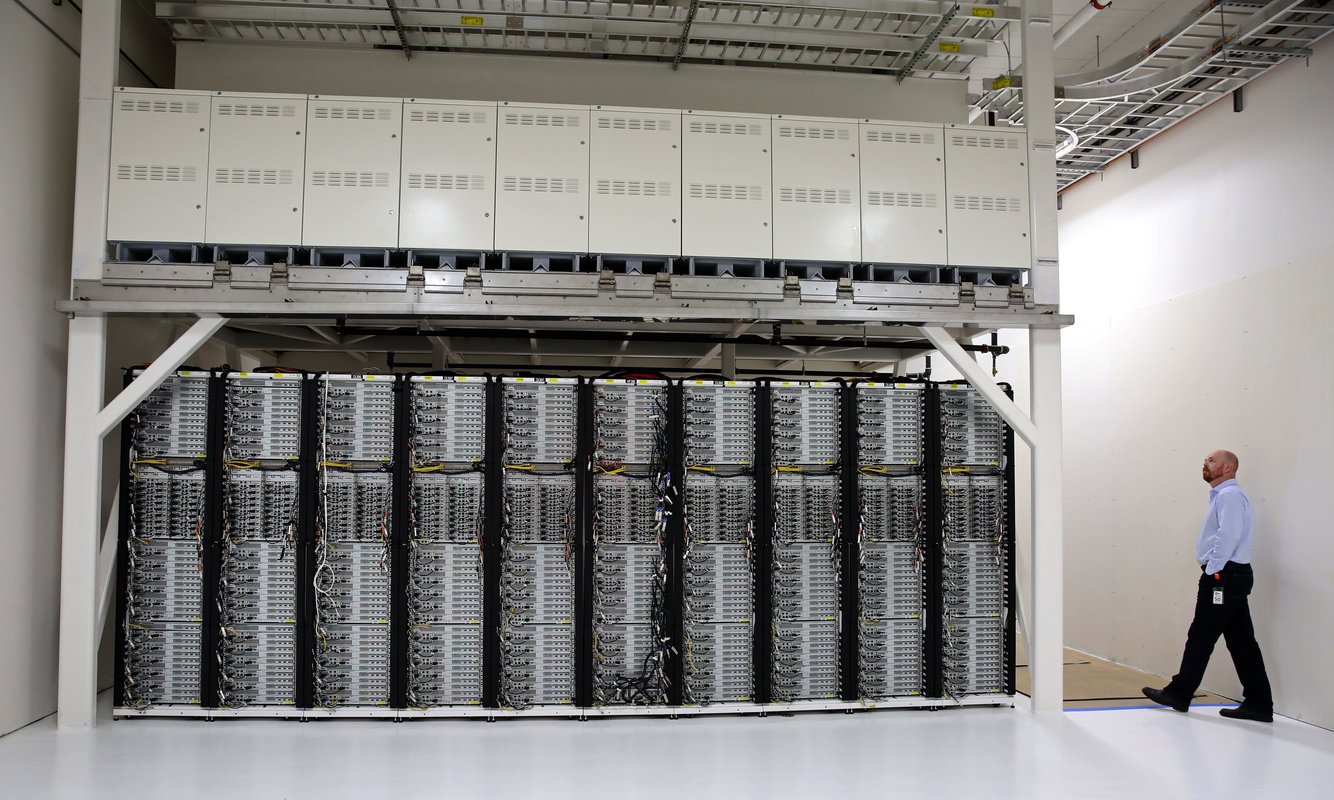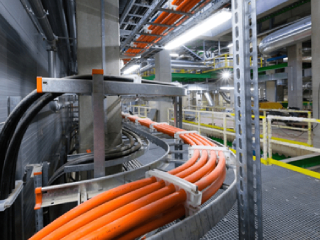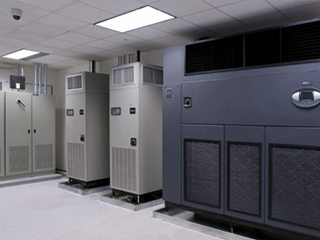The Covid-19 pandemic has made physical contact almost impossible to conduct business. People are staying home and going online to work and meet. This has puts pressure on data centers and communications infrastructure. It is vital that data centers are resilient, but also sustainable. There are two opposing forces at work. As demand grows, data centers expand and their energy use increases. But at the same time there is public, and government pressure to become carbon neutral.
Due to the pandemic, the digital transformation accelerated. Progress that would take years happened in only a few months. The progress gained moves us closer to an all-digital world. Expect more human activity to move to digitization, both professional and personal.
To meet the increasing demand, data centers must be adaptable, and resilient. Data centers must be sustainable and efficient. Data centers usual response to resilience is to increase redundancy. achieving greater resilience at the expense of efficiency and sustainability. This requires increased power consumption, hence no longer workable.
Designers can use a portable scale approach to handle megawatt growth and avoid over-provisioning. Datacenter construction and operation plans need to include resource lifecycle optimization. This will transition from disposable use designs to reusing the available resources.
No turning back on the acceleration of digital transformation
Solving the resilience and sustainability paradox together
In making the design for the new data center, the industry must address these challenges:
● Sustainable – Meeting business needs without compromising our shared future
● Efficient – Optimize cost, speed, and capital to increase return on investment
● Adaptive – Future-ready designs to accommodate new technologies
● Resilient – Reduce vulnerability to unplanned downtime
Designing and Building the Next Generation of Sustainable Data Centers
Data centers consume lots of resources making an undesirable impact on the environment. To reduce their impact, the design, build, and operation of data centers should reduce their carbon footprint. Designing and building data centers must go beyond the usual metrics of minimizing the use of land and water resources. It should focus on ways to cut emissions and waste.
The conventional data center is designed around cheap extraction. It uses and then discards re-sources, often wasting value in the process. The long-term results of this is mass consumption of natural resources include:
-
Regular idleness as standby capacity,
-
Intense carbon foot-print
-
Harmful emissions generated by the mass consumption of fossil fuels.
-
Rethink clean energy.
Plan for clean energy in every data center facility. Renewable energy sources should utilized on or near-site for consumption.
Rethink and Make a Sustainable Change
Improved sustainability within the data center industry is gaining in popularity. Data center managers have promised clean energy and increased renewable energy procurements.
The data center industry has seen a growth rate of 6% per year globally during the last twenty years. Thus, data centers are a major consumer of global resources. This trend will likely continue to, and even accelerate into the future. The sustainable data center must be designed around the Sustainable Cost of Ownership (SCO).
Sustainable Data Center Characteristics
Sustainable data centers must avoid overprovisioning which occurs when redundancy exists. An example of overprovisioning, diesel generators as an auxiliary power source. These add cost, adds to more space requirements and give off emissions. They are only needed when the power grid fails.
Modular design and structure.
Due to rapid expansion sustainable strategies must have a modular system. Utilizing a module systems for data centers makes the building of a data center faster. Designing each module to be sustainable is easier than a whole building. As computing power increases new modules are deployed for rapid scaling.
Cooling uses water as its main coolant. It is the second main use of power in data centers around the world. Data centers need to decrease the resources that cooling uses to improve sustainability.

Modular data centers under construction
Responsible Power Generation and Consumption.
Today’s data centers have redundant, pollution-causing auxiliary power systems. They handle power outages as electrical grids are not reliable enough to meet 99.999% uptime. The industry must move towards renewable, sustainable onsite power generation.
Minimum Waste and Landfill Impact.
Data centers do not monitor the production of waste from construction and performance. Tracking all waste produced by the site over its entire operation needs considering. Waste is minimized by re-use and recycling.
Direct Clean Power.
Locating data centers close to reliable and renewable power sources, such as hydroelectric power plants. Shifting to renewable sources so data centers use clean power and reduce carbon footprint.
High density and scalable IT module.
The biggest challenge of the next generation data centers is being both resilient and powered by clean energy. However, it is an obstacle for the thousands of existing data centers. As of now many do not have any alternative for available, and affordable clean power. Fuel cells offer a good alternative. Fuel cells for powering data centers is feasible today.
Powering data centers with fuel cells saves money compared to the old method of purchasing power from the grid. Utilizing a Fuel cell design technique called Rack Level Fuel Cells (RLFC). The power is provided onsite with fuel cells located at the rack level. When connected with renewable natural gas (RNG) as a fuel source, fuel cells have become a reliable power choice that is environmentally friendly.

Microsoft fuel cell powered racks
Fuel cells allow the data center to be completely separate from the electric grid’s cost. They are reliable and cut carbon footprints. RLFC can deliver 99.999% resiliency as a power source, thus eliminating the need for backup power generators. In addition, RLFC with RNG there is no need to pursue power purchase agreements. RLFC data centers can control responsible power generation and consumption.
Data centers purchase their energy to accommodate absolute peak power consumption. Peak power consumption increases te cost of power despite normal demand bing much lower. With RLFC power, it can be produced at the IT rack which gives more than 50% improvement in generation efficiency. This is due to modern fuel cell technology and virtually no transmission loss because of its location to the data center racks.
Conclusions:
As the new normal continues to change the lifestyles of every person, the data center has become the behind-the-scenes enabler of this new arrangement. Due to increasing dependency on data centers, outages resulting in a loss of video conferencing, remote monitoring or streaming video services is coming under closer scrutiny. It is critical for data centers to be both sustainable and resilient.
With the new designs for data centers, the industry will not only minimize its environmental impact but also serve as an important contributor to human welfare in the Global Connected Era. It must emphasize the need for data center managers to achieve sustainability for the next-generation data centers. The industry must strive to improve usage effectiveness beyond Power Usage Effectiveness(PUE); and to expand Total Cost of Ownership(TCO) beyond direct business cost per megawatt installed.
